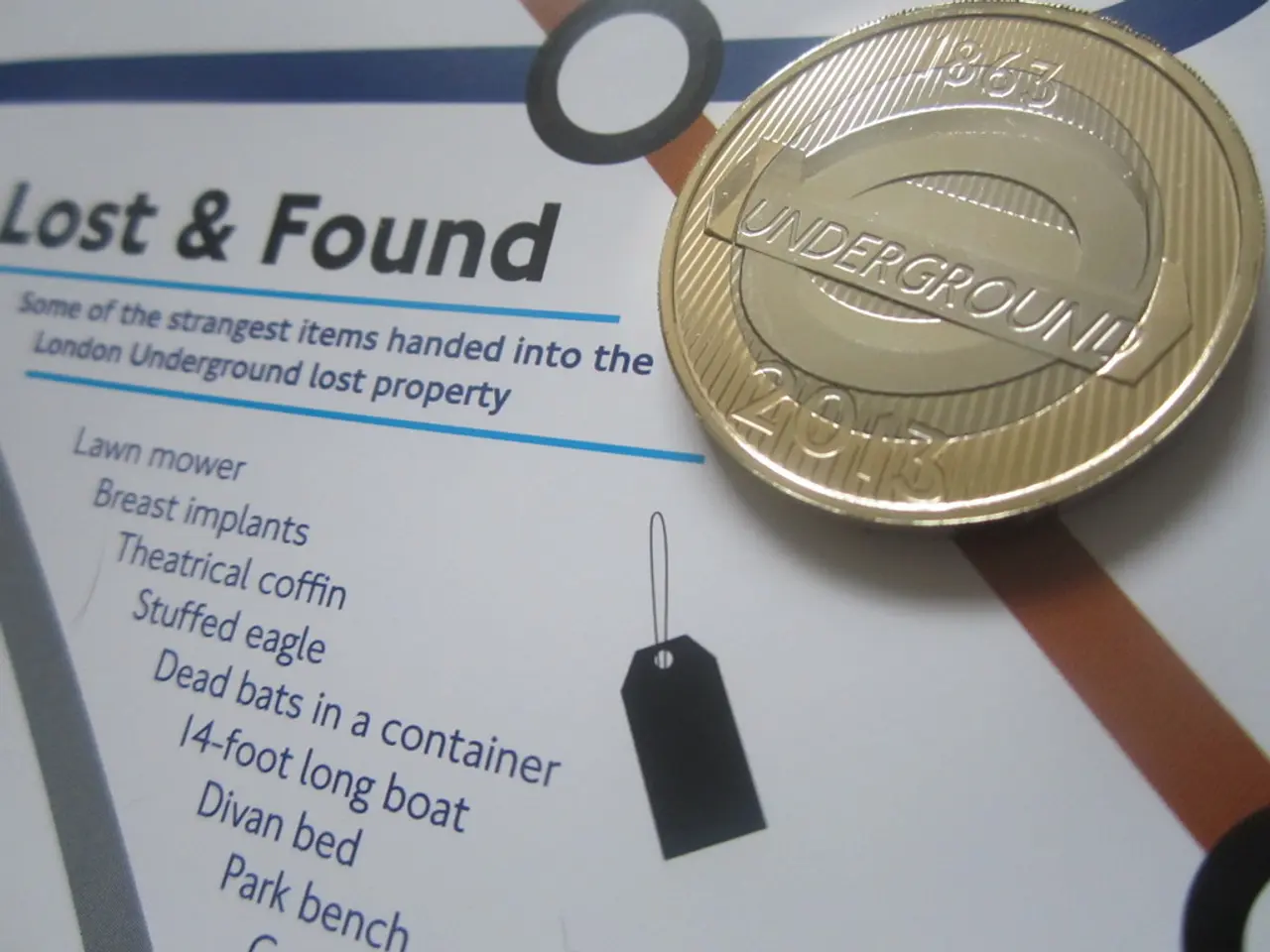Drone Guidelines Outlined in EASA Regulation (2019/947)
Unmanned Aircraft Systems (UAS) Operations in the European Union: Key Terms and Definitions
The European Union has introduced comprehensive regulations for Unmanned Aircraft System (UAS) operations within its territory. These regulations, including EASA Regulation 2019/947 for the operational framework, Regulation 2019/945 for technical requirements, and U-space regulations 2021/664-666, aim to ensure safe and harmonized integration of UAS into European airspace.
Here are some key terms and definitions related to UAS operations under these regulations:
- Unmanned Aircraft System (UAS): A system consisting of the unmanned aircraft and its associated elements such as control stations, data links, and other related equipment necessary for the operation.
- Remote Pilot: The person responsible for the operation of the unmanned aircraft, including its safe navigation and compliance with regulation.
- UAS Operator: The natural or legal person responsible for the UAS operation and ensuring compliance with applicable safety rules.
- Remote Pilot Station: The station used by the remote pilot to control the unmanned aircraft.
- Unmanned Aircraft (UA): The aircraft component of the UAS that is piloted remotely or autonomously during flight.
- U-space: A set of services and procedures designed to support safe, efficient, and secure access to airspace for large numbers of drones, incorporating digitalization and automation of traffic management.
- Categories of Operation: Defined by risk levels - Open, Specific, and Certified categories, determining the level of regulatory requirements.
- Geographical Zone: An airspace area established for managing UAS operations, often in relation to U-space services.
- Detect and Avoid (DAA): Systems or procedures enabling the UA to detect other aircraft and avoid collisions.
- No Remote Pilot on Board (NRPoB): Operations where no pilot is physically in or on the unmanned aircraft during its flight.
- Air Risk Class (ARC): A qualitative classification of the rate at which a UAS would encounter a manned aircraft in typical generalized civil airspace.
- Tactical Mitigation Performance Requirements (TMPR): Measures applied during the operation to address risks as they arise, ensuring safety in dynamic conditions.
- Certified Category: High-risk operations that require comprehensive certification of the UAS, the operator, and the remote pilot. These operations are comparable to traditional manned aviation activities, such as transporting people or dangerous goods.
- Specific Category: Medium-risk operations requiring a risk assessment and authorization by the Civil Aviation Authority (CAA) before commencement. These operations may include Beyond Visual Line of Sight (BVLOS) flights or operations in controlled airspace.
- Adjacent Area and Adjacent Airspace: Defined zones near the operational area or airspace that may affect or be affected by UAS operations.
- Emergency Response Plan (ERP): A predefined plan outlining the actions to take in response to emergencies during UAS operations.
- Airspace Observer: A person responsible for visually scanning the airspace to detect potential hazards during UAS operations.
- Ground Control Station (Command Unit): Equipment used to remotely control the UAS.
- Payload: Equipment or instruments carried by the UAS that are not part of its core systems.
- Operations Manual (OM): A document prepared by the UAS operator detailing procedures and measures to ensure safe and compliant operations.
- Concept of Operations (ConOps): A high-level description of the intended UAS operation, detailing the operational objectives, procedures, environments, and constraints.
- Flight Geography: The volume(s) of airspace defined spatially and temporally in which the UAS operator plans to conduct the operation under normal procedures.
- Contingency Volume: The volume of airspace outside the flight geography where contingency (i.e. abnormal) procedures are applied.
- Ground Risk Buffer: An area over the surface of the earth, which surrounds the operational volume and is specified to minimize the risk to third parties on the surface in the event of the unmanned aircraft leaving the operational volume.
- Ground Risk Class: The intrinsic UAS ground risk relating to the probability of a person being struck by the UAS in the event of a loss of control.
- Strategic Mitigations: Risk mitigations applied before an operation to reduce the likelihood of encountering hazardous conditions, such as planning and airspace deconfliction.
- Robustness: The property of mitigation measures resulting from combining the safety gain provided by the mitigation measures and the level of assurance and integrity that the safety gain has been achieved.
- Payload Operator: A person managing the equipment or instruments carried by the UAS that are not part of its core systems.
- Standard Scenario: A type of UAS operation in the Specific category, for which a precise list of mitigating measures has been identified, allowing competent authorities to accept declarations from operators committing to apply these measures.
- Remote ID: A system enabling the identification of a UAS during operations by broadcasting information such as the operator's details and flight location.
- Specific Assurance and Integrity Level (SAIL): A metric used to determine the level of assurance and integrity required for a UAS operation, based on its complexity and risk profile.
- C2 Link: The data link between the unmanned aircraft and the command unit for managing the flight.
- Unmanned Aircraft Observer: A person assisting the remote pilot by visually observing the aircraft to ensure safe operations.
- External Service providers: Entities offering training, communication support for the C2 link, navigation, or flight planning services.
- Maximum Take-Off Mass (MTOM): The maximum Unmanned Aircraft mass, including payload and fuel, as defined by the manufacturer or the builder.
- C3 Link: Includes communication links necessary for safe operation.
- UAS Manufacturer: The entity responsible for designing and producing UAS and ensuring compliance with technical standards.
- ANSP (Air Navigation Service Provider): Organizations providing air traffic management and other services to ensure safe airspace operations.
- CAA/NAA (Civil Aviation Authority/National Aviation Authority): Regulatory bodies overseeing UAS operations and ensuring compliance with aviation laws.
- U-Space Service Provider (USSP): Entities providing services to enable safe and efficient UAS operations within the U-Space framework (i.e. within U-space Airspace).
- Direct Remote Identification: A local broadcast system providing information about a UAS in operation.
- Cross-Border Operations: UAS operations conducted across international boundaries, requiring coordination between national aviation authorities.
- Geo-Awareness: A function that detects potential breaches of airspace limitations and alerts the remote pilot.
- Open Category: Operations with minimal risk that do not require prior authorization or declarations. Subcategories include A1 (flying close to people), A2 (flying near people with certain conditions), and A3 (far from people and buildings).
These terms are primarily defined in EASA Commission Implementing Regulation (EU) 2019/947 (rules and procedures for UAS operation), Regulation (EU) 2019/945 (rules on UAS and remote pilot competency), and complemented by U-Space Regulations (EU) 2021/664 on U-space services, along with 2021/665 and 2021/666 which detail other aspects of U-space integration.
For the most comprehensive and precise definitions, referring directly to these regulations and EASA official glossaries is recommended.
- The European Union's regulations for Unmanned Aircraft System (UAS) operations involve EASA Regulation 2019/947 for operational framework, Regulation 2019/945 for technical requirements, and U-space regulations 2021/664-666 to ensure safe and harmonized integration of UAS into European airspace.
- Under these regulations, Unmanned Aircraft (UA) operations are categorized into Open, Specific, and Certified categories, determining the level of regulatory requirements based on risk levels.
- UAS management involves defining flight geography, contingency volumes, ground risk buffers, and employing strategic mitigations to reduce the likelihood of encountering hazardous conditions.
- Safety measures include Detect and Avoid (DAA) systems, Ground Risk Class, Emergency Response Plan (ERP), Air Risk Class (ARC), and Tactical Mitigation Performance Requirements (TMPR) to ensure safety in dynamic conditions.
- Management of finance, technology, and industry aspects are addressed through the Operations Manual (OM), Concept of Operations (ConOps), Ground Control Station (Command Unit), Payload Operator, Maximum Take-Off Mass (MTOM), C3 Link, UAS Manufacturer, ANSP (Air Navigation Service Provider), CAA/NAA (Civil Aviation Authority/National Aviation Authority), and U-Space Service Provider (USSP).
- Compliance with the regulations is ensured through remote ID, Specific Assurance and Integrity Level (SAIL), Remote Pilot, UAS Operator, Remote Pilot Station, Unmanned Aircraft Observer, External Service providers, Cross-Border Operations, Geo-Awareness, Direct Remote Identification, and U-space services defined by U-space Regulations 2021/664-666.




